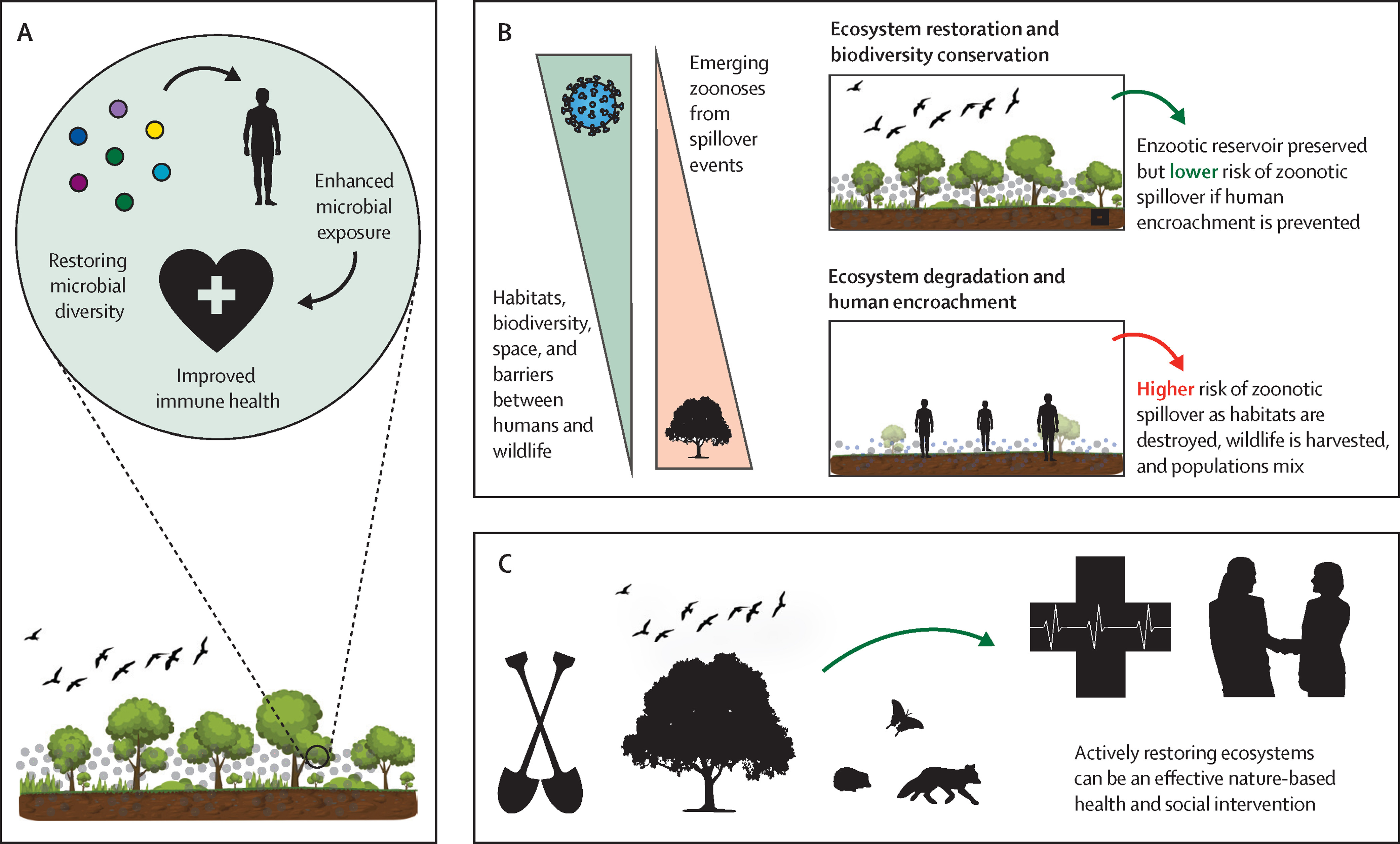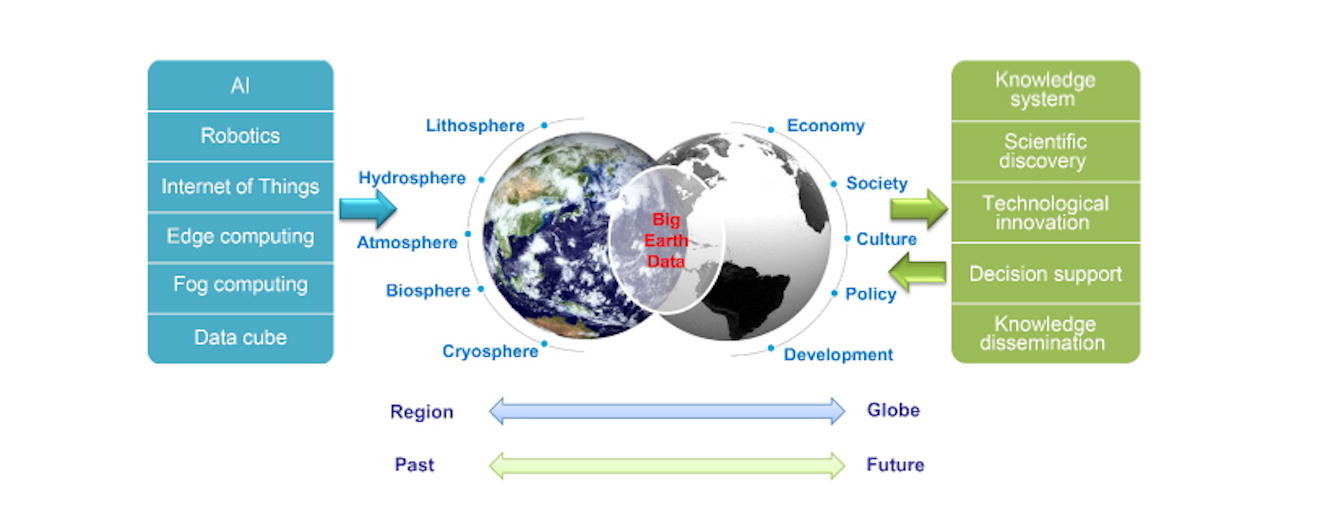This Article supports Sustainable Development Goal 3 by developing projections of the economic burden of Alzheimer's disease and related dementias, up to 2050. The study predicts that the burden will be $16.9 trillion in 2050, compared with $2.8 trillion in 2019. The authors note that more funding is needed for research into prevention and treatment of Alzheimer's disease.
Development of a siren identification system, using deep learning, for hearing-impaired people. Supports SDG 10.
This Personal View supports SDGs 3 and 15 by explaining how restoring ecosystems can reduce risk of infection and adverse sequelae from COVID-19.
An investigation, linking particularly well to SDGs 10 and 5 focusing on equality, which shows how researchers can actively engage with equality, diversity and inclusion (EDI) in their work, and how EDI considerations must remain an ongoing effort. The authors, working in the field of responsible research and innovation (RRI), intentionally employed EDI in their project recruitment, and reflect here on the adjustments they made as a result. The recruitment of persons with disabilities led to some particularly interesting and new insights in this study looking at trustworthiness in the design of autonomous systems with evolving functionality.
An Article in support of SDGs 3 and 13, assessing the effect of temperature on the incidence of hate speech online, particularly in the context of climate change, mental health, and human behaviour.
This Article supports SDG 5 by examining factors associated with implementation of organisational interventions for advancing women in health-care leadership.
This Review supports SDGs 3 and 5, focusing on the gendered association between unpaid labour and mental health, particularly in relation to the fact that women do more hours of unpaid labour worldwide than men. The Review found that unpaid labour is associated with worse mental health in women than in men.
A promising gene therapy called anti-tau ASO shows potential in lowering harmful tau protein linked to Alzheimer's disease.
Big Earth Data infrastructure must further condense and abstract common workloads and application models with consideration for the features of Big Earth Data and the typical needs of SDG-related applications.Systems should be designed and built based on benchmarks, with integration and scheduling of services and resources as a central focus (e.g., high-performance, high-throughput, intelligent computing and cloud services). Focusing on transparent data access and efficient data circulation will help integrate software and hardware for increased performance, capacity, and flexibility.
Orphan crops are crops hold little significance at the global scale but play vital role in the food and nutrition security in the developing world.


